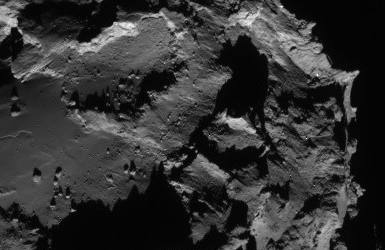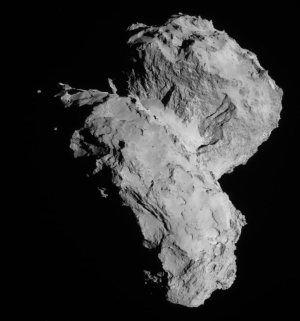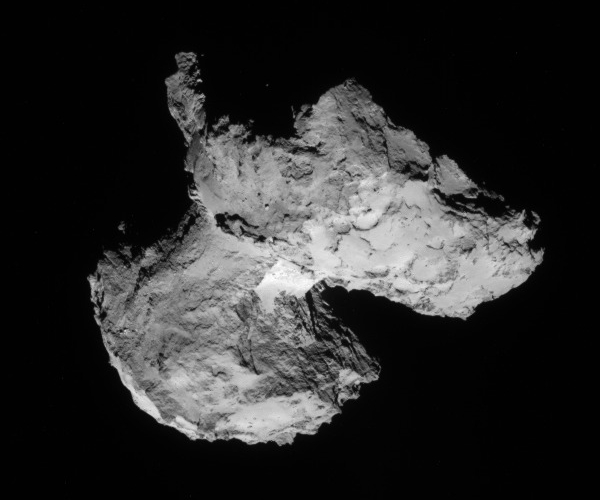Nothing for New Horizons after Pluto
As New Horizons begins its final shake-down in advance of its July 2015 flyby of Pluto, scientists have so far failed to find any Kuiper Belt objects in the right place for it to fly past after Pluto.
They haven’t given up hope, however. The search continues. As for the Pluto flyby,
The hibernating spacecraft will send weekly status beacons back to Earth, with wakeup scheduled for Dec. 7 to begin the final phase of its approach to Pluto. New Horizons will stay awake for two years to prepare for the encounter, fly by Pluto, and downlink science data. The craft’s appointment with Pluto is set for July 14, 2015, when it will zoom about 6,200 miles from the icy world’s unmapped surface for a one-shot chance to explore Pluto’s geology and atmosphere.
As New Horizons begins its final shake-down in advance of its July 2015 flyby of Pluto, scientists have so far failed to find any Kuiper Belt objects in the right place for it to fly past after Pluto.
They haven’t given up hope, however. The search continues. As for the Pluto flyby,
The hibernating spacecraft will send weekly status beacons back to Earth, with wakeup scheduled for Dec. 7 to begin the final phase of its approach to Pluto. New Horizons will stay awake for two years to prepare for the encounter, fly by Pluto, and downlink science data. The craft’s appointment with Pluto is set for July 14, 2015, when it will zoom about 6,200 miles from the icy world’s unmapped surface for a one-shot chance to explore Pluto’s geology and atmosphere.




